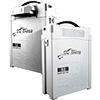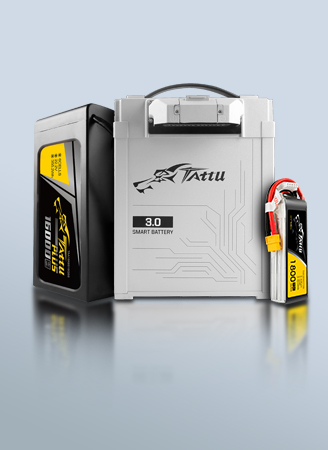Thin Film Lithium-ion Battery Vs Lithium-ion Battery: What’s the Difference?
Thin Film Lithium-ion Battery Vs Lithium-ion Battery: What’s the Difference?
In the rapidly evolving world of battery technology, thin film lithium-ion batteries have emerged as a promising alternative to traditional lithium-ion batteries. These batteries, with their ultra-thin structure and solid-state electrolyte, offer distinct advantages in flexibility, safety, and application potential. This article delves into the fundamental differences between thin film lithium-ion battery and conventional lithium-ion battery, exploring their respective structures, manufacturing processes, and applications across various industries.
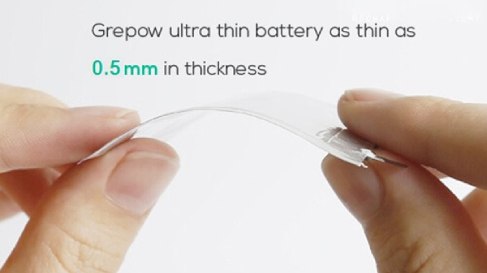
What's a Thin Film Lithium Ion Battery?
The thin-film lithium-ion battery is a form of solid-state battery. Its development is motivated by the prospect of combining the advantages of solid-state batteries with the advantages of thin-film manufacturing processes. This battery is a variant of the conventional lithium-ion polymer battery. What makes it a bit different is that it is made of thinner materials ranging from nanometers to micrometers in total thickness. A packaged thin-film Li-ion battery measures only about a few millimeters thick. Li-poly batteries are often available in “pack” and “pouch” packaging and therefore measure up to a few centimeters.
Thin Film Lithium-ion Battery Vs Lithium-ion Battery: What's the Difference?
The primary difference between a thin film lithium-ion battery and a traditional one lies in their physical structure and manufacturing process.
Structure:
Thin Film Battery: Composed of very thin layers, including a solid electrolyte, cathode, and anode. The entire structure is often less than a millimeter thick.
Regular Lithium-Ion Battery: Typically much thicker, with liquid or gel electrolytes housed in a larger, more rigid structure.
Electrolyte:
Thin Film Battery: Uses a solid electrolyte, which reduces the risk of leakage and improves safety by eliminating flammable liquids.
Regular Lithium-Ion Battery: Uses a liquid or gel electrolyte, which can pose a risk of leakage and flammability.
Flexibility:
Thin Film Battery: Highly flexible and can be bent or shaped to fit various applications, making it suitable for flexible electronics.
Regular Lithium-Ion Battery: Generally rigid and not suitable for applications requiring flexibility.
Manufacturing Process:
Thin Film Battery: Involves more complex and costly deposition techniques that require precise control over layer thickness.
Regular Lithium-Ion Battery: Manufactured using more conventional processes like winding or stacking of electrodes.
Energy Density:
Thin Film Battery: Typically lower energy density compared to regular lithium-ion batteries, due to the thin layers and solid-state electrolyte.
Regular Lithium-Ion Battery: Generally higher energy density, suitable for power-hungry devices.
Cost:
Thin Film Battery: Usually more expensive to produce due to advanced manufacturing processes.
Regular Lithium-Ion Battery: More cost-effective, benefiting from established large-scale production methods.
What's the Applications of Thin Film Lithium-ion Battery?
Advancements in thin-film lithium-ion batteries have opened up many new possibilities, especially for consumer and medical products. These batteries allow for thinner portable electronics by reducing battery thickness, making them ideal for devices like implantable medical devices (e.g., defibrillators, neural stimulators), smart cards, RFID tags, and wireless sensors. Their flexibility in size and shape enables integration into various designs without compromising space.
●Internet of Things (IoT):RFID tags benefit from the thin-film battery’s flexibility and power, supporting more complex tags and potentially enabling disposable applications due to low-cost production methods. In smart cards, which undergo high-temperature and pressure conditions during production, thin-film batteries withstand extreme temperatures, making them suitable for such applications.
●Medical Devices: For implantable medical devices, thin-film rechargeable batteries offer reliability, a low self-discharge rate, and the ability to last up to 50,000 cycles, making them ideal for devices like pacemakers and defibrillators.
●Wireless sensors: Wireless sensors require long-lasting, size-specific, and cost-effective batteries. Thin-film lithium-ion batteries meet these needs, ensuring that sensors remain operational throughout their applications, from package tracking to environmental monitoring.
●Wearable Technology: Fitness trackers, smart clothing, and augmented reality glasses could incorporate thin film batteries for seamless integration and improved comfort.
Advantages of Thin Film Lithium-ion Battery
Thin-film lithium-ion batteries offer several advantages over typical rechargeable lithium-ion batteries:
●Higher Performance: They have a higher average output voltage, are lighter (leading to 3x higher energy density), and have a longer cycle life (lasting 1500 cycles without degradation).
●Efficiency: Both electrodes in thin-film lithium-ion batteries can reversibly insert lithium, forming a Li-ion transfer cell, which is promising for achieving high specific energy and power at lower manufacturing costs.
●Solid Electrolyte: Unlike traditional lithium-ion batteries, which use liquid electrolytes, thin-film batteries use a solid electrolyte that conforms to the battery's shape, allowing for a more compact design and higher energy density. The solid electrolyte also eliminates the risk of leakage and combines the roles of electrolyte, separator, and binder in flexible battery designs.
●Simplified Separator: The separator in thin-film rechargeable batteries is a thin, flexible solid, typically polymer-based, which simplifies the design compared to liquid-based systems and can even use materials like Xerox paper. This separator still allows ion transport while preventing short-circuiting and resisting degradation.
Conclusion
As the demand for more compact, flexible, and reliable power sources continues to grow, thin film lithium-ion batteries are carving out a unique niche in the battery market. Their advantages in safety, design flexibility, and performance make them ideal for cutting-edge applications in medical devices, wearable technology, and the Internet of Things (IoT). As a global leading lipo battery manufacturer, Grepow offers custom rechargeable urta-thin lithium-ion battery that are as thin as 0.5 millimeters to meet the needs of all knids of IoT, wearable and medical device applications. If you have any questions or needs, please feel free to contact us at info@grepow.com.
Related Articles
-

How Are Smart Rings Powered?
2024-09-05 -

AUV vs. UUV: What’s the Difference?
2024-09-05 -

What Battery Is Used In Humanoid Robots?
2024-08-30
Related products
-

Pouch U Shaped Lipo Battery
-

High-Temperature Ni-MH Batteries
-
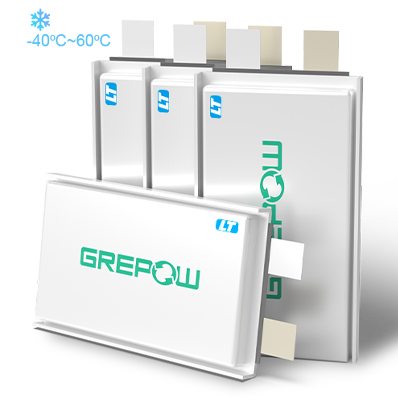
-40℃ to 60℃ Low Temperature Lipo Battery
-
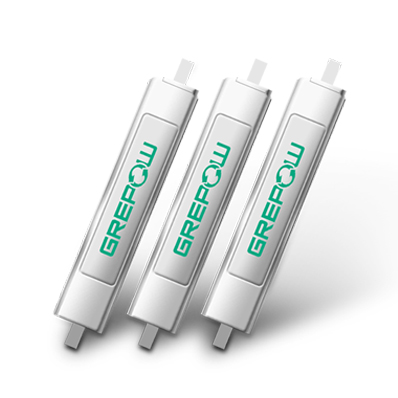
Pouch Ultra Narrow Lipo Battery
-

Triangle Battery
-
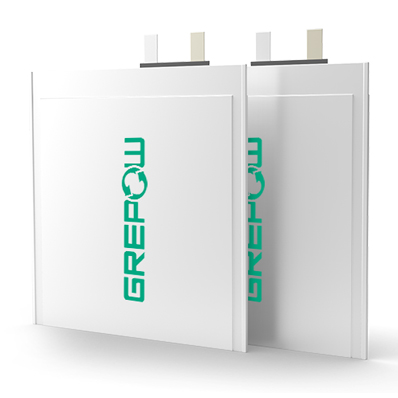
Pouch Ultra Thin Lipo Battery
-
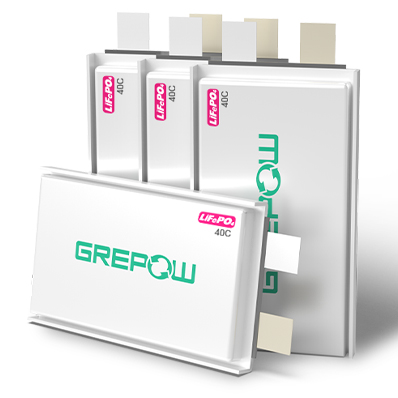
High C Rate LiFePO4 Battery












